What green manure is better to sow in spring?

Inexperienced gardeners, trying to add beauty to their site, begin to destroy every blade of grass, not realizing that soon the land will cease to be fertile. It will be very difficult to restore the quality of the soil in the future. In order to prevent such a problem, it is advisable to resort to the help of siderates. In this article, we will take a closer look at the role of these "green healers" in the fertility of the earth.
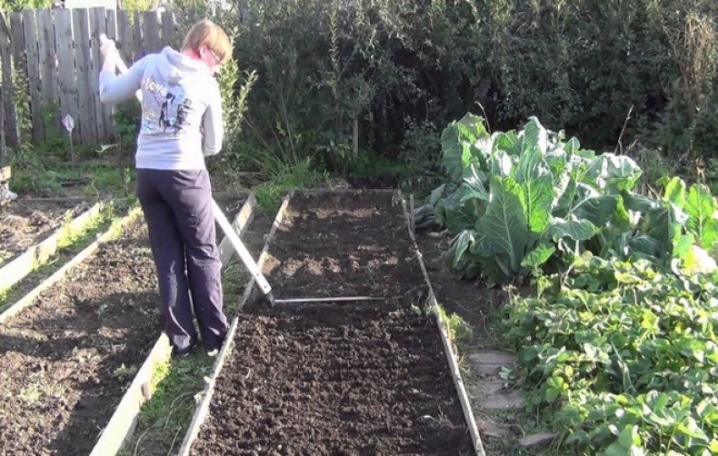
What are they for?
Siderata - These are certain plants, consisting of one or more species, the sowing of which is necessary to improve the properties of the soil.
Similar plants sown throughout the season - and in the spring before the main crops, and in the summer after harvest, and in the fall for leaving in the soil for the winter. Siderata have a powerful root structure, loosen the soil and at the same time enrich it with fine organic matter.
This vegetation supplies the soil with the main component of the soil's fertility - humus, which is obtained when the green mass decays.

Siderata perform the following useful functions:
- prevent the growth of weeds;
- protect the soil from drying out, overheating or hypothermia;
- do not allow various pests to multiply and fight pathogens;
- loosen the soil due to the special structure of the root system;
- giving the soil looseness after plowing the grass, promote proper air exchange;
- do not allow the fertile layer and necessary nutrients to be washed out;
- protect against erosion;
- help the removal of the necessary microelements into the upper arable layers of the soil;
- enrich the land with valuable fertilizers (nitrogen, potassium, phosphorus), which are formed during processing;
- lower the acidity of the soil;
- the root part of the green manure is a useful food for worms and other necessary microorganisms.
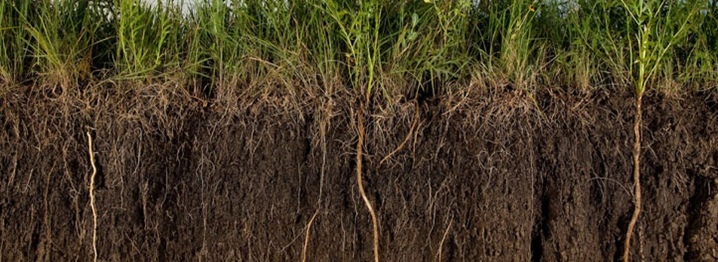
Views
Let's get acquainted with the main types of green manure suitable for sowing in spring.
- Mustard. The most famous type of plant for spring sowing. He is not afraid of frost, but sour and wetlands are not suitable for him. Ripens within 1.5-2 months, overgrowing with a lush green mass, preventing the growth of weeds. This green manure culture loosens the soil, prevents plant diseases from late blight and fusarium.

- Peas. Belongs to the legume family, the purpose of which is soil restoration. It gains sufficient green mass in 1.5 months, preventing the beds from overheating and drying out. Neutral, sufficiently moist soils are suitable for him. This culture is tolerant of a moderate cold snap, but will not withstand frost.
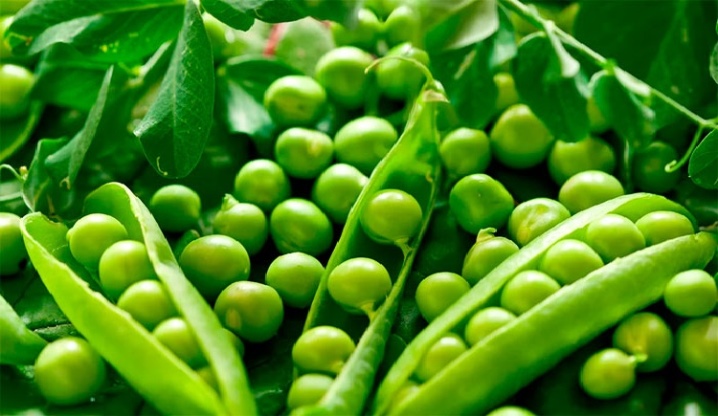
- Lupine. The best option for planting in the spring. Due to its ability to restore the fertility of any soil, it is often used in abandoned areas. This plant is sown 2 months before planting the main varieties or in the fall, after completing the harvest. This species loves light acidic soils, but is able to germinate on loamy and sandy soils.
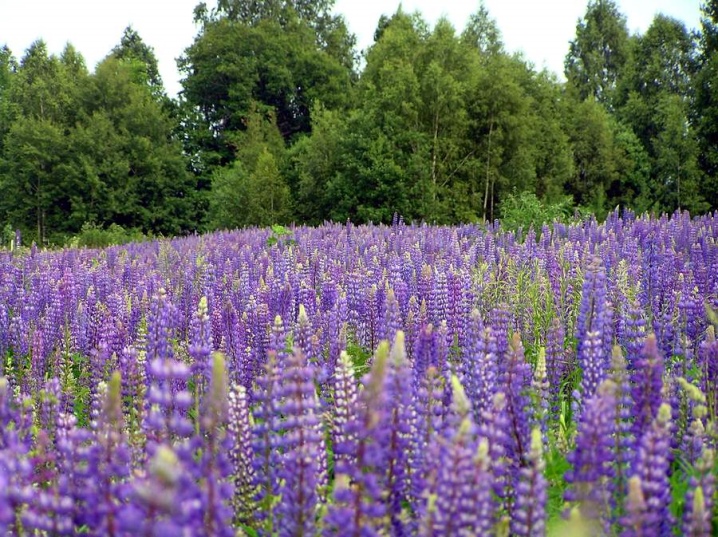
- Oats. This culture is considered the oldest and most familiar to everyone. Oat stalks contain a lot of essential protein. Thanks to its powerful roots, this plant is able to make a dense layer loose, saturating the soil with the necessary vitamins and oxygen. Due to the close arrangement of the stems to each other, this green manure protects the main crop from weeds. Any soil will suit him, even clayey.
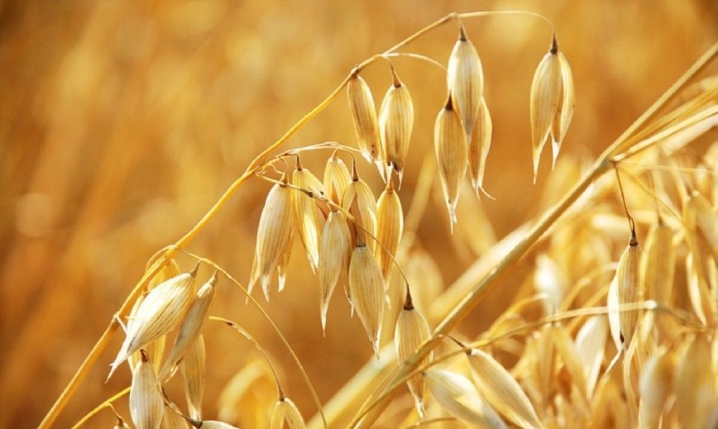
- Phacelia. This culture, in addition to performing functions that improve the quality of the soil, is also a protector from various parasites for the main plants.
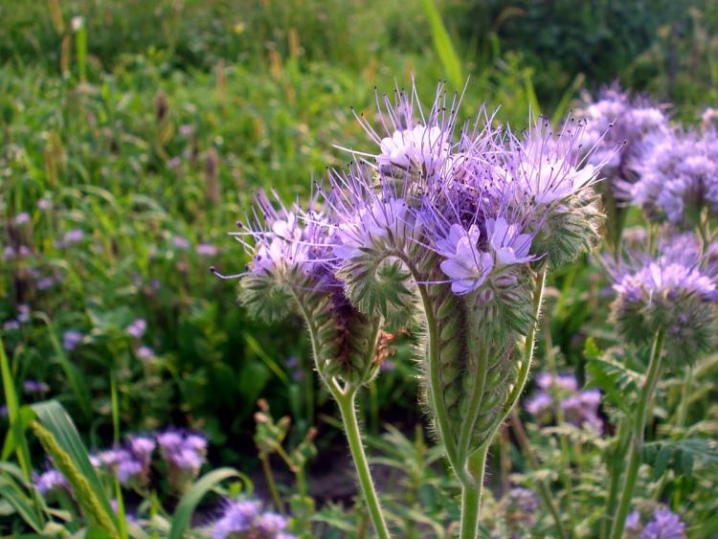
- Buckwheat. This crop is not demanding and is able to grow in poor and acidic soils. This species feeds the earth with phosphorus and potassium and prevents weeds from growing, including the ill-fated wheatgrass. Buckwheat is a heat-loving plant, so sowing is recommended in early May.
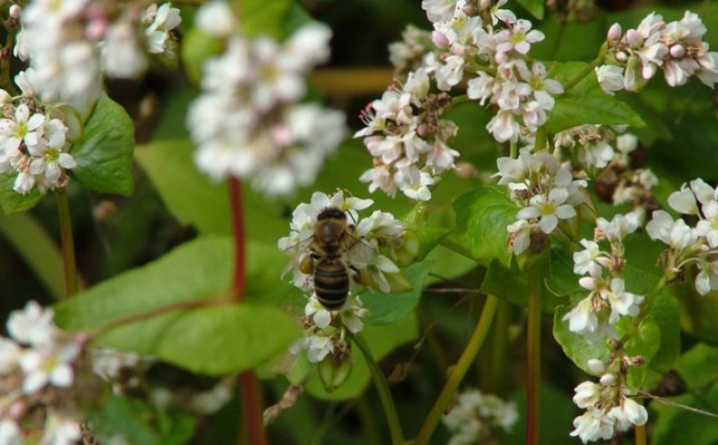
Sowing green manure crops in spring should be started after the final snow melt and the ground warms up. The soil must be freed from foreign debris in advance, then loosened.
How to choose?
Choosing a certain green manure for sowing in spring, it is necessary to take into account the condition of the soil and the main culture that will grow there... Siderata legumes and cereals crops are suitable for any soil. Choosing a type of green manure culture before planting potatoes, it is better to choose a mixture of several types of plants. The most optimal combination: oats with peas or oats with barley. But it is worth considering that cereal varieties cannot be sown before potatoes to avoid the appearance of a wireworm.
When choosing green manure for a garden, you should adhere to some rules:
- the use of green manure and the main crop of the same family is unacceptable;
- alternation of green manure culture in one place is necessary;
- it is preferable to use cereal species on clayey soils due to the ability of these plants to loosen the upper layer of the earth;
- it is impossible to bring green manure to the appearance of seeds, they should be mowed on time.
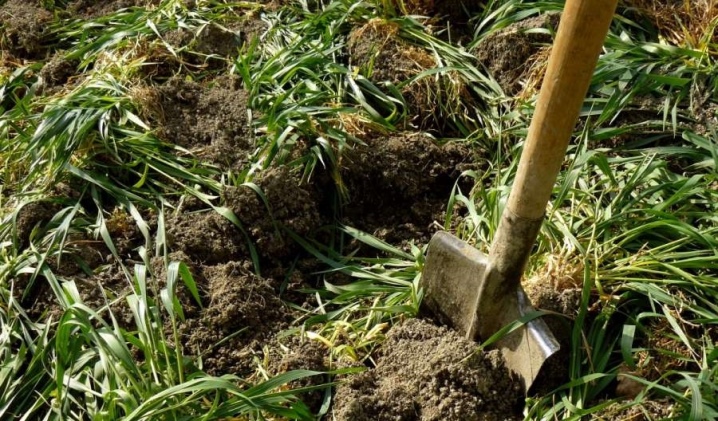
For greenhouse greenhouse cultivation, mixtures that heal the soil will correspond, since in this case it is not possible to observe crop rotation.
For example, in a future garden for tomatoes lupine, mustard, phacelia, oats should be planted. The regrown green mass, approximately 2 weeks after sowing, must be mowed and plowed into the soil. Before the cucumbers it is advisable to sow white mustard, in addition to it, you can use oats, phacelia, rye and spring rape. Similar varieties can be sown before eggplant and pepper.
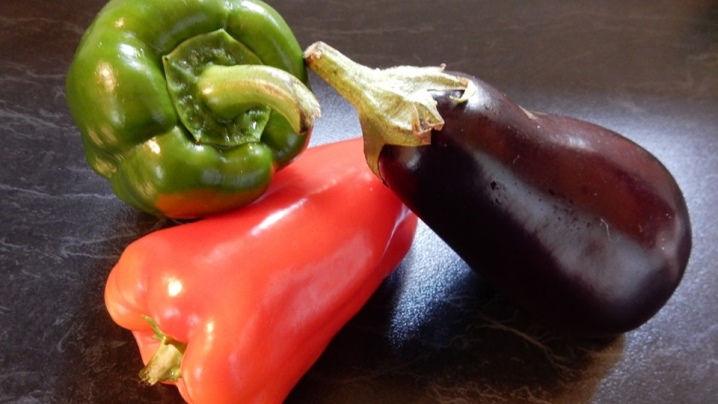
Growing technology
In the fall, at the end of the harvest, work begins on the introduction of various fertilizers into the soil. Then they dig everything up. In early spring, after the snow has thawed, it's time to start preparing and further sowing. To do this, with the help of a rake, they break and level the clods of earth that have survived after winter and sow one species or a mixture of several types of green manure crops. There are two ways to sow.
- Continuous sowing on the surface of pre-prepared soil, which is subsequently plowed with a rake.
- Furrows. Before sowing, if necessary, dig up the soil with a depth of 4-7 cm, then make rows with the angle of the hoe, lay the seeds and, using a rake or hoe, level the ground. The finished bed is covered with any mulch, preventing birds from pecking seeds. Green manures are mown at the very beginning of bud formation or 2-3 weeks before the main crop is planted.
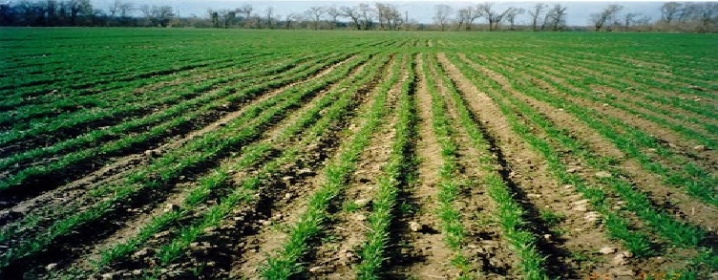
In addition to those described above, a wide-row version of sowing green manure plants is also used, which is used for planting seedlings.
In this version, the green manure is sown in 2 rows, retreating 15 cm between the rows, then a row 20 -25 cm wide is separated for seedlings and again 2 rows are filled with green manure. At the height of the season, experienced summer residents can sow green manure varieties more than once.
Deciding on green manure for planting in spring, the quality of the soil and the main plant, which will subsequently grow in this place, should be assessed... With a competent approach to this task, any gardener will always have a good harvest.
See the following video for tips on which green manures to sow in spring.













The comment was sent successfully.